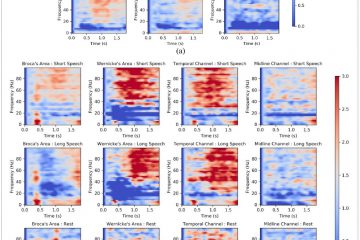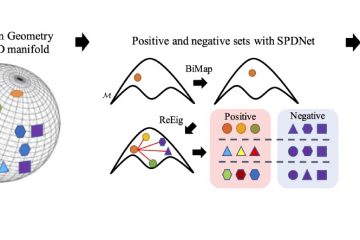This work describes a hybrid brain computer interface (BCI) technique that combines the P300 potential, the steady state visually evoked potential (SSVEP), and event-related de-synchronization (ERD) to solve a complicated multi-task problem consisting of humanoid robot navigation and control along with object recognition. Furthermore, the technique is implemented using a low-cost BCI system, along with existing BCI algorithms, which, when combined, promotes the feasibility of real-world applications. Our approach enables subjects to control the navigation and exploration of a humanoid robot and recognize a desired object among candidates. This study aims to demonstrate the possibility of using a hybrid BCI based on a low-cost system for performing a realistic and complex task. It also aims to show that the use of a simple image processing technique, combined with BCI, can further aid in making these complex tasks simpler. This work presents an important implication for the future work that a hybridization of simple BCI protocols provide extended controllability to carry out complicated tasks even with a low-cost system.
생각만으로 조종 ‘아바타 시대’ (MBC 뉴스테스크)[LINK]
Related publications
1. B Choi, S Jo, A low-cost EEG system-based hybrid brain-computer interface for humanoid robot navigation and recognition, PLoS ONE 8(9), 2013. [LINK]

